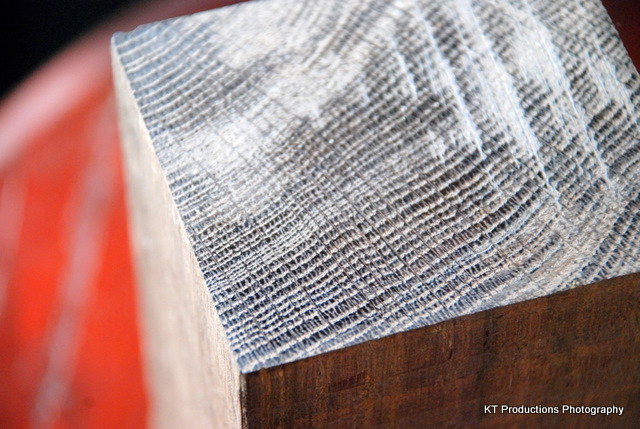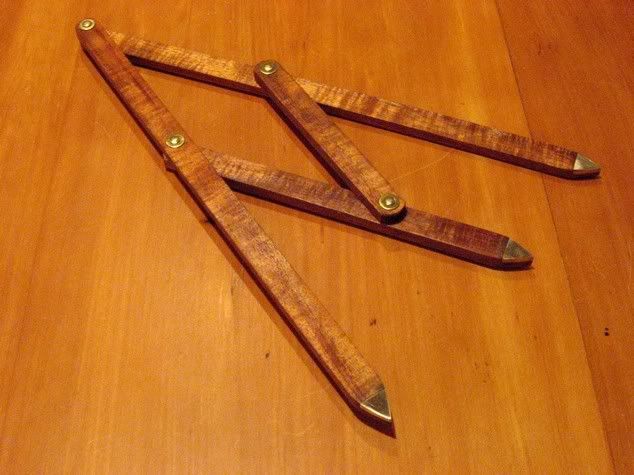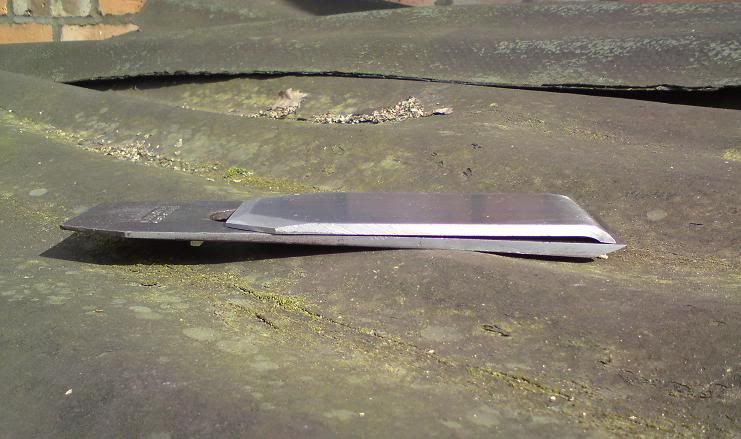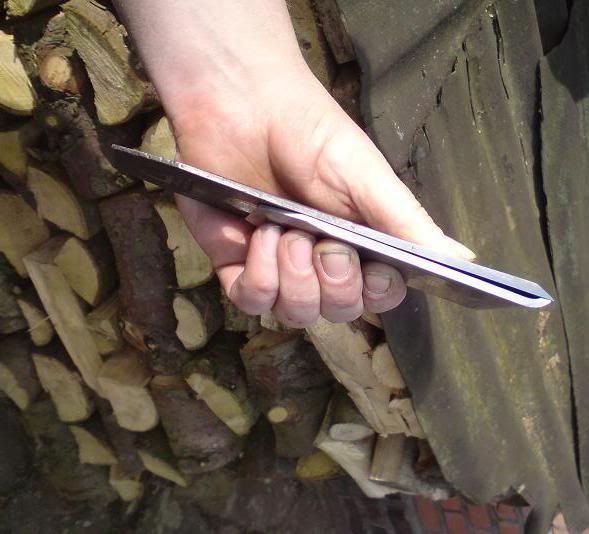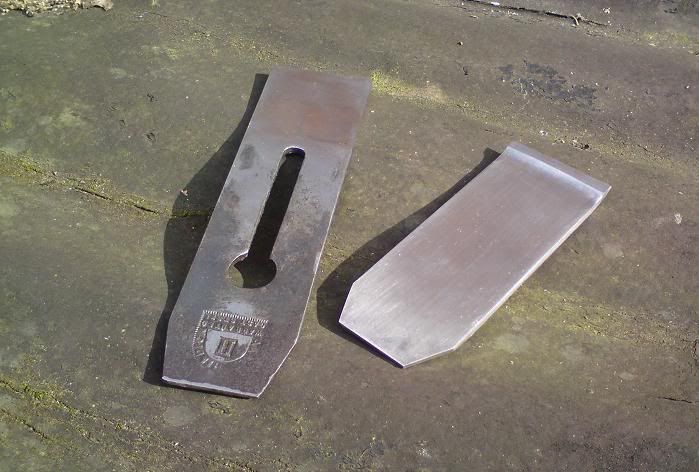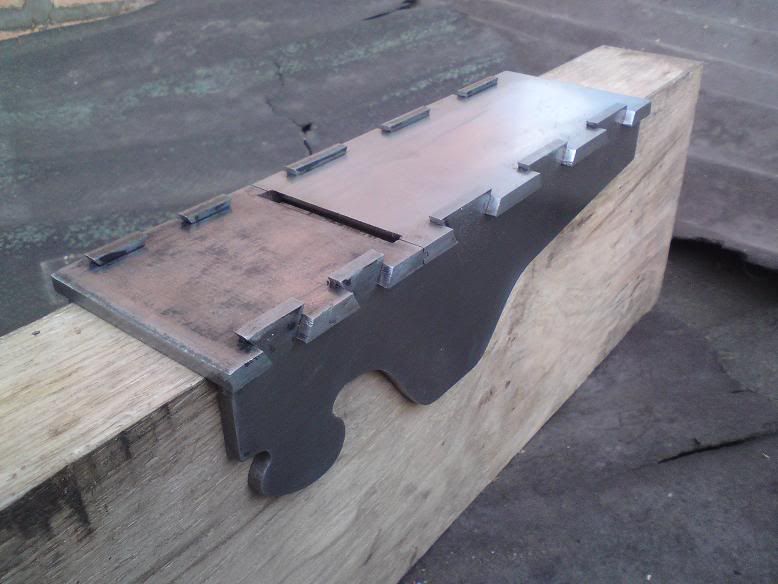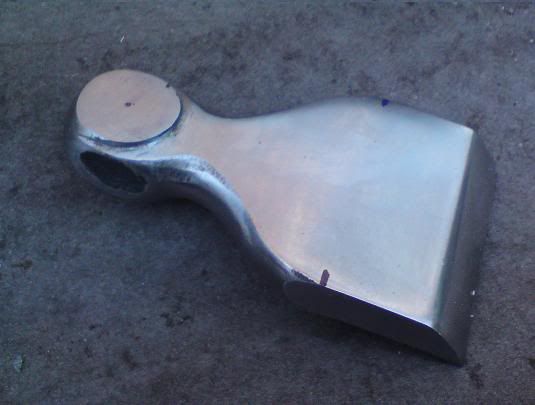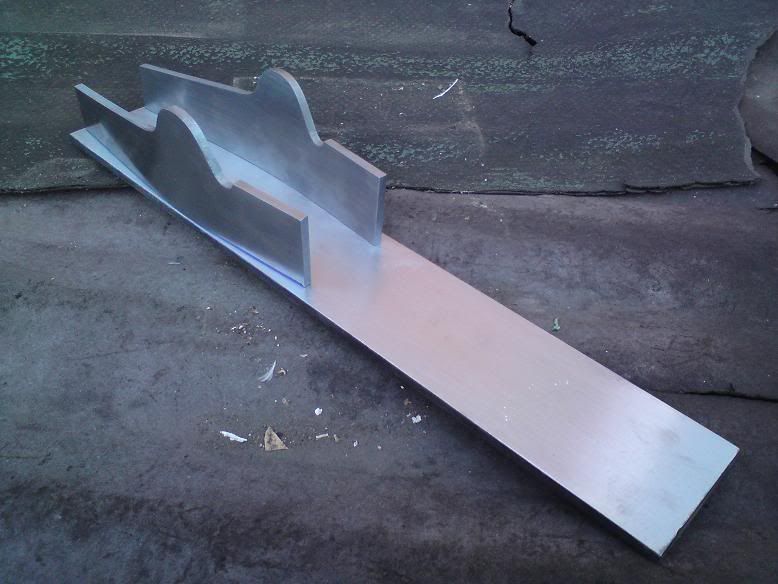Thanks all,
I think I will leave it alone until I have peened it up - that's bound to tighten it a bit.
Jim, because it's bevel down, the mouth gap is wide enough to get a file in, so I'll put it together, get the sole flat, then do any opening that needs doing as Pete says.
Alf, my only experience with an uber tight mouth has been with experimenting with my Veritas la bu - as I can adjust it up to nothing. Seems to be a great preventer of tear-out when very tight but, of course, that blade set up is a completely different animal so I think I will start with as tight as poss' and open in minuscule increments if it jams. After all, it's going to get wider over time anyway.
I've never played with laburnum other than with a chain saw so I don't know how it would behave as anything other than fire wood. It certainly looks crumbly but that might be because it looks so much like dark chocolate ....Ummmm... Laburnum ... (homer) Don't know. What I have is dead, but still drying out from having been snowed on so will be a while.
Today I'm going to look out something to make the peening form from. My confidence has been boosted by the successful riveting of the frog plate and I'm getting very excited about how it is now coming on so fast. Must take it slow and concentrate ... must take it slow and concentrate ... Rpt.

